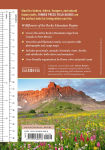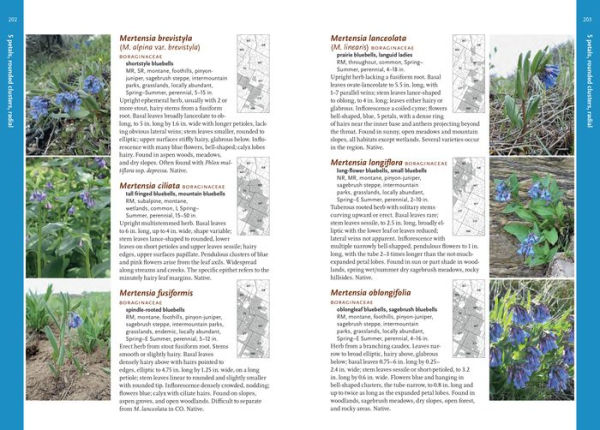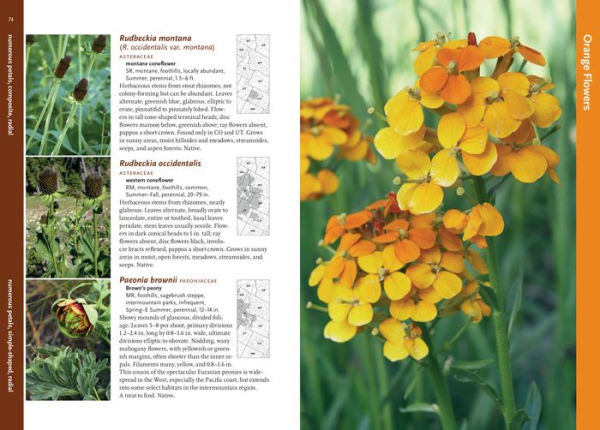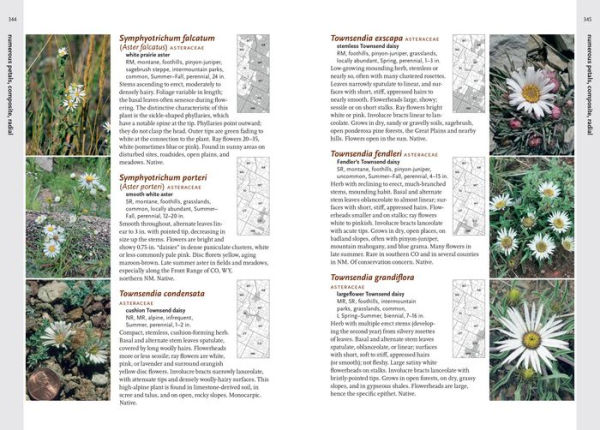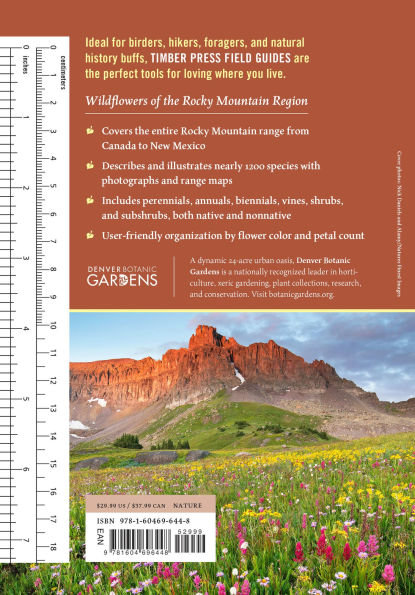Wildflowers of the Rocky Mountain Region
Featuring more than 1245 stunning color photographs, this comprehensive field guide is the must-have portable reference for the wildflowers the Rocky Mountain Region.
Wildflowers of the Rocky Mountain Region is a comprehensive field guide for anyone wishing to learn about the amazingly diverse wildflowers of the region. Organized by flower color and shape, and including a range map for each flower described, the guide is as user-friendly as it is informative. This must-have book is perfect for hikers, naturalists, and native plant enthusiasts.
1126839204
Wildflowers of the Rocky Mountain Region is a comprehensive field guide for anyone wishing to learn about the amazingly diverse wildflowers of the region. Organized by flower color and shape, and including a range map for each flower described, the guide is as user-friendly as it is informative. This must-have book is perfect for hikers, naturalists, and native plant enthusiasts.
- Covers the entire Rocky Mountain range from Canada south to New Mexico, separated into Northern Rockies, Middle Rockies, and Southern Rockies
- Describes and illustrates nearly 1,200 commonly encountered species
- Includes perennials, annuals, biennials, vines, shrubs, and subshrubs, both native and non-native
- 1,245 superb color photographs and 1,189 range maps
- User-friendly organization by flower color, shape, and petal count
Wildflowers of the Rocky Mountain Region
Featuring more than 1245 stunning color photographs, this comprehensive field guide is the must-have portable reference for the wildflowers the Rocky Mountain Region.
Wildflowers of the Rocky Mountain Region is a comprehensive field guide for anyone wishing to learn about the amazingly diverse wildflowers of the region. Organized by flower color and shape, and including a range map for each flower described, the guide is as user-friendly as it is informative. This must-have book is perfect for hikers, naturalists, and native plant enthusiasts.
Wildflowers of the Rocky Mountain Region is a comprehensive field guide for anyone wishing to learn about the amazingly diverse wildflowers of the region. Organized by flower color and shape, and including a range map for each flower described, the guide is as user-friendly as it is informative. This must-have book is perfect for hikers, naturalists, and native plant enthusiasts.
- Covers the entire Rocky Mountain range from Canada south to New Mexico, separated into Northern Rockies, Middle Rockies, and Southern Rockies
- Describes and illustrates nearly 1,200 commonly encountered species
- Includes perennials, annuals, biennials, vines, shrubs, and subshrubs, both native and non-native
- 1,245 superb color photographs and 1,189 range maps
- User-friendly organization by flower color, shape, and petal count
29.99
In Stock
5
1

Wildflowers of the Rocky Mountain Region
500
Wildflowers of the Rocky Mountain Region
500
29.99
In Stock

Product Details
| ISBN-13: | 9781604696448 |
|---|---|
| Publisher: | Timber Press, Incorporated |
| Publication date: | 08/21/2018 |
| Series: | A Timber Press Field Guide |
| Pages: | 500 |
| Product dimensions: | 5.90(w) x 8.30(h) x 1.10(d) |
About the Author
From the B&N Reads Blog














